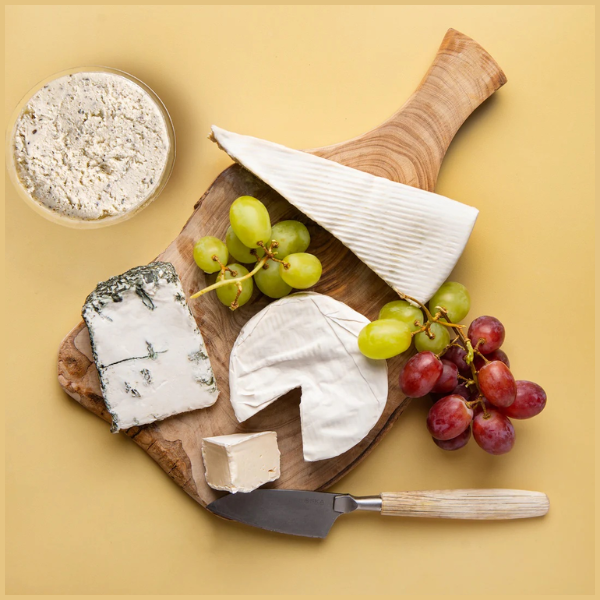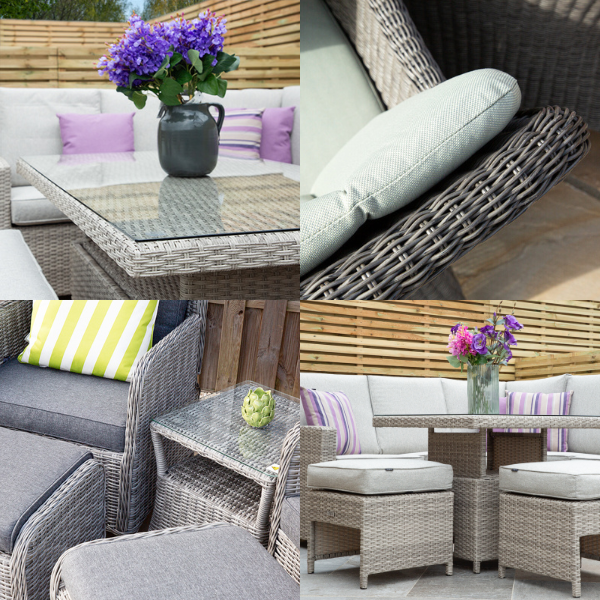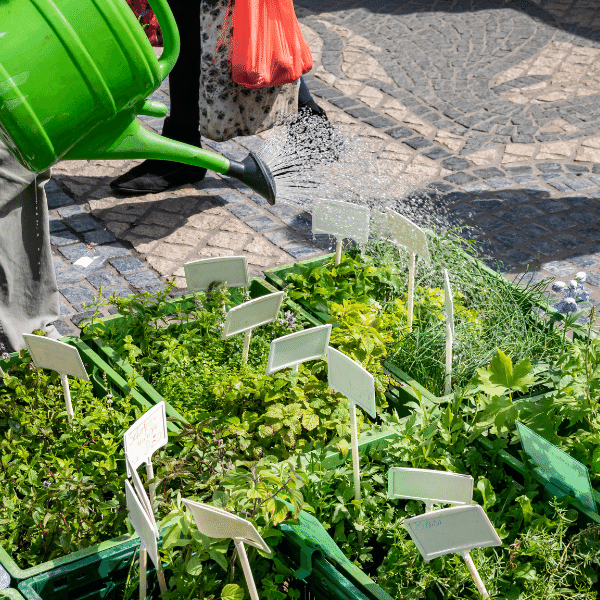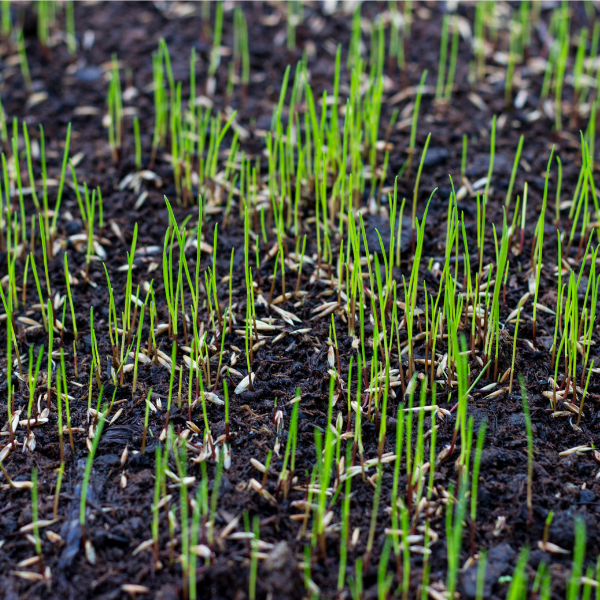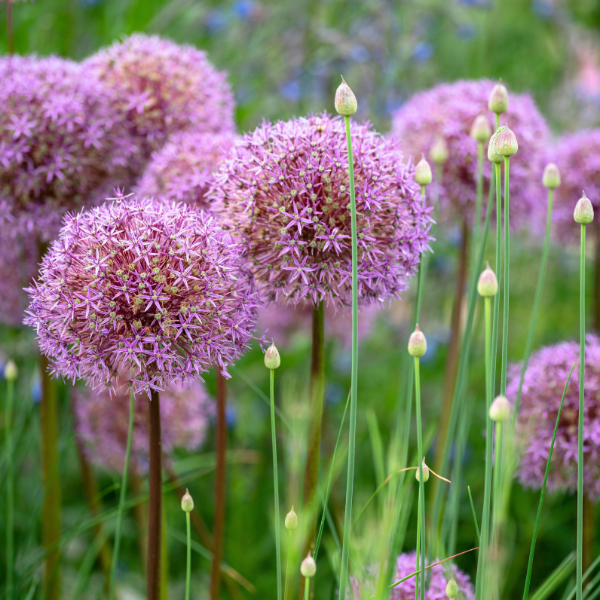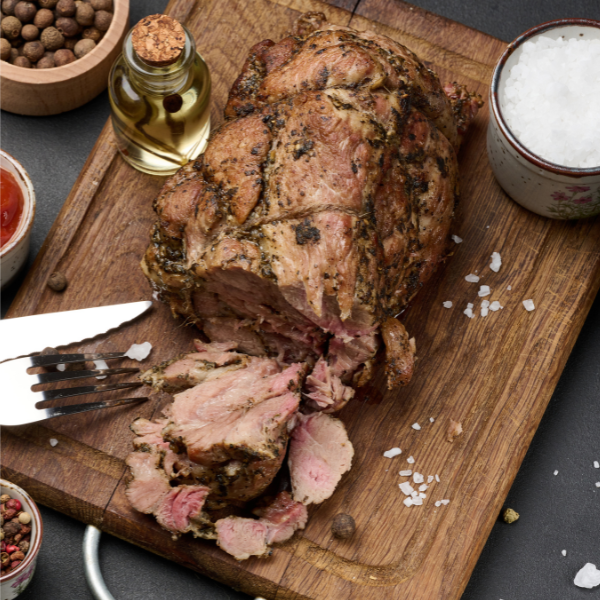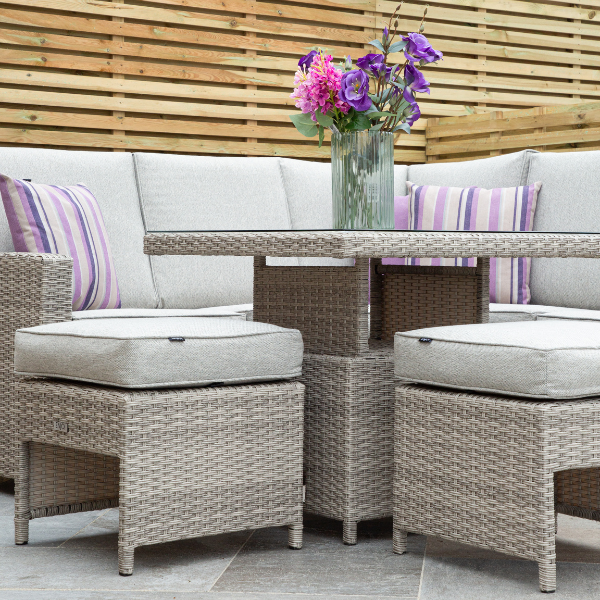Keeping Your Pet Cool This Summer & Oxygenating Fish Tanks

Read our short guide in how to keep your pets cool this summer. Avoid heatstroke and your aquarium tank overheating, learn about the importance and how to oxygenate your pond and tank.
Dogs
Keep your dog on a harness rather than a lead in hot weather to put less pressure on their throat so that they can pant and cool down quicker.
Go for walks later in the evening or early in the morning to avoid the hottest parts of the day
Give your dog a haircut, so that thick fur isn't keeping them insulated.
Fill a large bucket or paddling pool with cool water in the garden for them to paddle in.
Make sure they always have access to shade and water and keep them at a healthy weight, as overweight dogs find it harder to cool off.
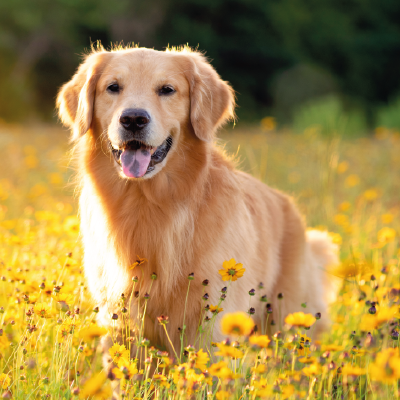
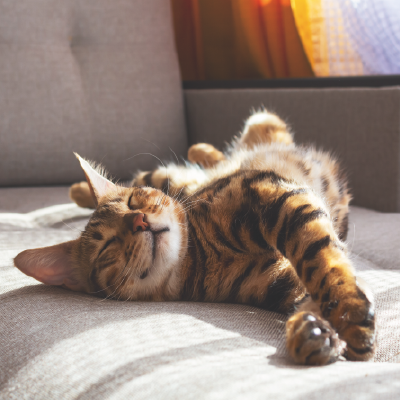
Small Animals and Cats
Keep their beds and cages away from direct sunlight and in a cooler room of the house. If the room is still too hot, try using a desk fan so that they don't overheat and get heatstroke.
Some cats love ice balls to keep them cool. You can make these at home by filling a balloon with water and freezing it, then cutting the balloon away and placing it in a large enough dish to hold all of the water once melted.
Make sure they have access to water and food to keep their energy up and keep them hydrated.
Avoid adding extra hay, bedding and hot spaces for small animals.
Adding a cool pack under a liner or tea towel will give them a cool place to lie on in the hotter hours of the day.
Reptiles
Like with most animals, make sure your reptiles have access to food and water as well as keeping them out of direct sunlight and in the coolest room in the house.
Keep their tank well ventilated and keep an eye on the thermostat. If it's hot enough, you can turn the UV light off and use LED lights instead.
Add a small rock pool with cool water to their tank.
If still too hot, try using a small fan with a cold wet towel in front of it so that the air cools as it passes through the fan.

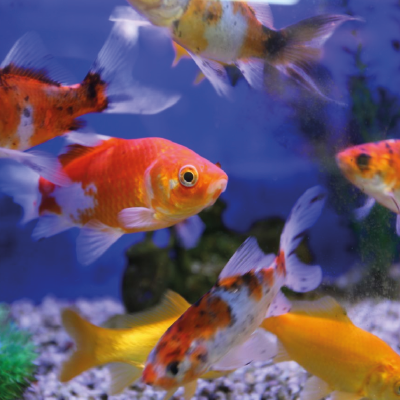
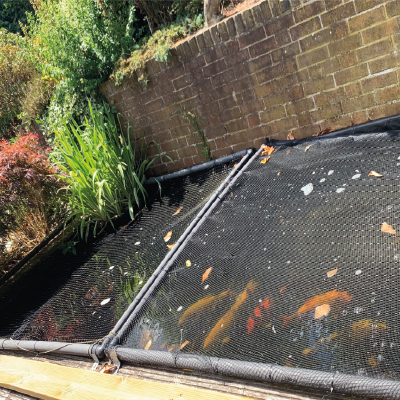
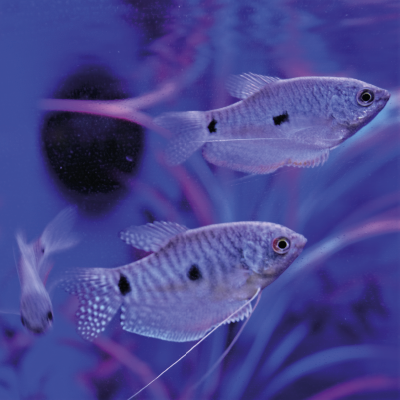
Oxygenating Ponds and Tanks and Keeping Water Cool
Keeping your pond or aquarium water at a good temperature and well-oxygenated is very important, especially during summer.
The temperatures should be as follows:
- Coldwater aquariums: 18°C to 22°C
- Freshwater aquariums: 24°C to 26°C
- Marine aquariums should be between 24°C and 28°C (depending on your setup.)
Aquariums
Keep your aquarium away from direct sunlight and move into the coolest room of the house. Switch off aquarium lights when daylight is bright enough as this can just add heat.
Increase aeration during the summer, because the warmer the water, the lower the oxygen levels. Give your oxygen pump a thorough clean and make sure that it is working properly as a poorly functioning or broken pump and filter can potentially lead to fish dying.
Ponds
Pond life requires oxygen-rich water to remain healthy but is starved from it during the hotter days.
Make sure oxygen levels are high with an oxygenator air pump. Keeping the pumps on all the time is recommended especially in the summr.
Not only do oxygenator air pumps dramatically increase oxygen levels in warmer weather, they prevent stagnant water and help aid pond life after using treatments. They’re also handy in the winter too as they prevent freezing and the build-up of toxic gases.
Another way to increase oxygen levels in your pond is by adding a water feature to bring air into the water with its movement.
It’s also important to keep an eye on water loss and to remember to top up your pond during the hot spells. Excessive water loss will cause distress to fish in your pond and can expose them to predators. Your plants will also suffer too, if water levels aren’t kept an eye on.
If suitable, try to fill the surrounding areas of your pond with plants/bushes that provide some shade to the pond. Floating Water Lettuces and Phyllanthus Fluitans, help to add additional surface cover for shade and are great at reducing unwanted algae.

 2,768 REVIEWS
2,768 REVIEWS